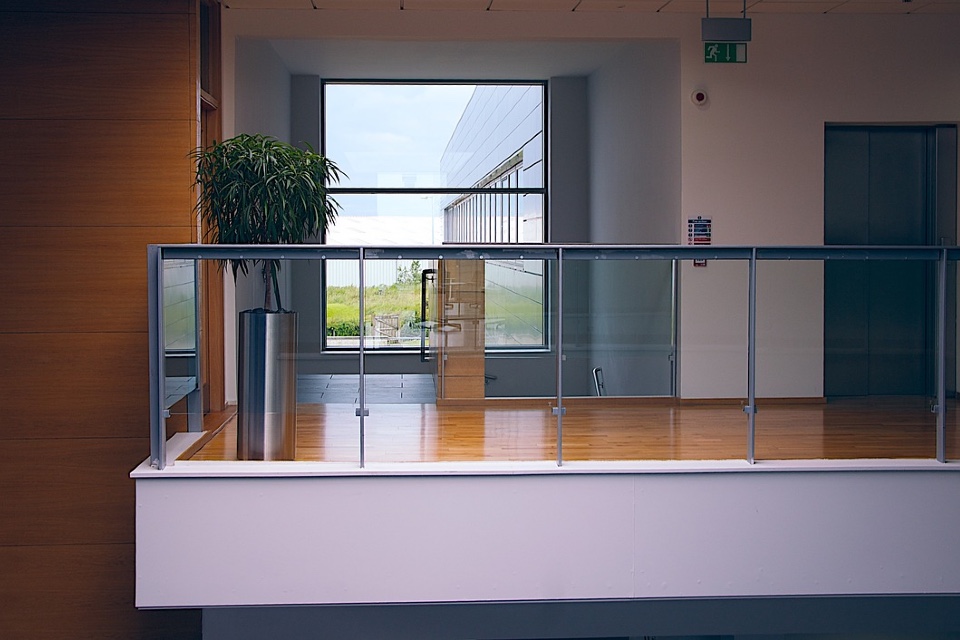The Royal Institute of British Architects (RIBA) has published new guidance to ensure that inclusion and accessibility are considered at every stage of the design and construction process.
The result of a multidisciplinary collaboration – including input from people with lived experience and experts from 25 built environment professions – the Inclusive Design Overlay to the RIBA Plan of Work is an important step towards RIBA’s commitment to making the built environment accessible and welcoming for everyone.
The guidance has been developed with the specialist inclusive design consultancy Motionspot, and with the support of Heathrow and Jane Simpson Access. Intended to be widely understood and used by anyone involved in the built environment sector, it assigns clear responsibilities and tasks to the different roles involved in a building project – including client, project management, design, construction, and asset management teams.
RIBA defines key inclusive design considerations and issues as:-
- Inclusive design seeks to create buildings and spaces that welcome everyone, regardless of age, sexual orientation, gender, health condition, disability, ethnicity, or religion. It means considering the needs of people with physical, cognitive, and sensory impairments, including neurodivergence and dementia.
- Inaccessible design can systematically exclude people. Designing with human diversity in mind can remove barriers to access across all the places people work, visit and live.
- Inclusive design is about more than buildings and the space around them. Enabling everyone to participate equally, confidently, and independently in everyday activities is a vital part of creating a sense of belonging and making society more equitable.
- An accessible built environment is also vital for improving sustainability, as it is used more efficiently, and is more flexible and adaptable for different users and uses.
Inclusive Design Overlay Project Lead and Lead Overlay Author, Pareisse Wilson, who is also Inclusive Design Strategy Lead at Motionspot, said: “The biggest positive for me regarding this project is the fact it has been created in collaboration with industry, from landscape architects and engineers to project and facilities mangers. Together these collaborators helped decide which roles to include and contributed to defining the inclusive design tasks they would undertake at each Work Stage. Throughout the journey over 100 built environment professionals have attended workshops or provided feedback on draft versions of the Overlay. This makes the Inclusive Design Overlay a truly inclusively designed framework.”
Steering Group member and Motionspot CEO and Founder Ed Warner said: “By empowering built environment professionals to create and operate more inclusive and equitable buildings and spaces, the Inclusive Design Overlay will enable previously marginalised groups to access and feel welcome in all areas of the built environment. I am confident this guidance will inspire positive change, helping to improve inclusive design across the UK and inspiring action around the world.”
RIBA President Simon Allford said: “RIBA serves our members and society to deliver better buildings and places, stronger communities, and a sustainable environment – and inclusion is at the heart of this. The Inclusive Design Overlay will help not only our members but other design professionals to support wider communities, placemaking, and buildings, by designing for everyone.”
RIBA Director of Practice and Individual Knowledge Alex Tait said: “Our industry needs a more rigorous and collaborative approach to inclusion throughout the full lifecycle of our projects and assets. This Overlay aims to embed an inclusive design framework within the RIBA Plan of Work. We are grateful to our project partners and industry colleagues for their commitment to deliver this.”
Steering Group member and Heathrow Project Manager Jenny McLaughlin said: “Heathrow’s vision is to be ‘Open for All’. However, we can only achieve this with the right tools and commitment from the design and construction industry. The Inclusive Design Overlay is a massive step in the right direction as it allows us to work towards our goals of becoming systematically inclusive, equitably safe, and meeting our UN Sustainable Development Goals to leave no one behind.”
Image by Stuart Green from Pixabay



